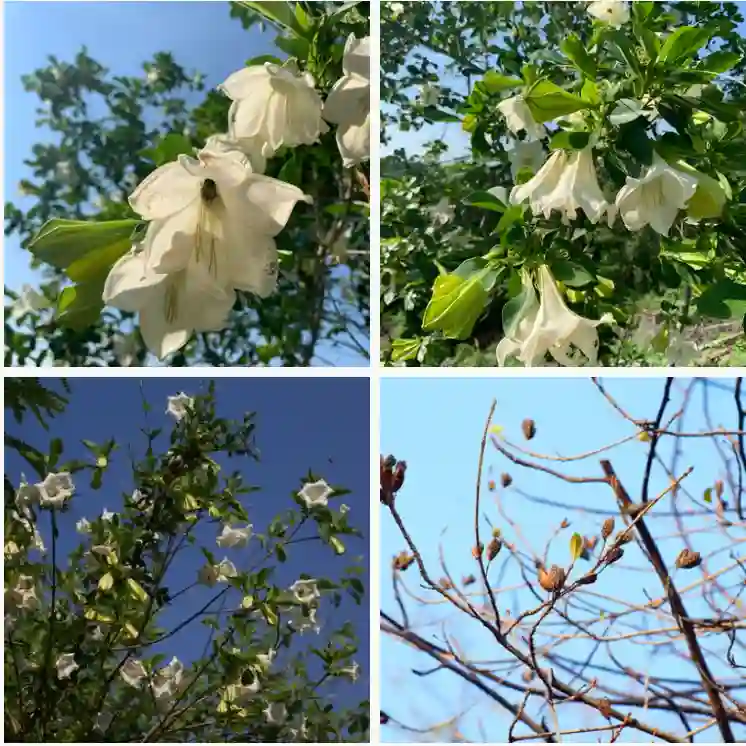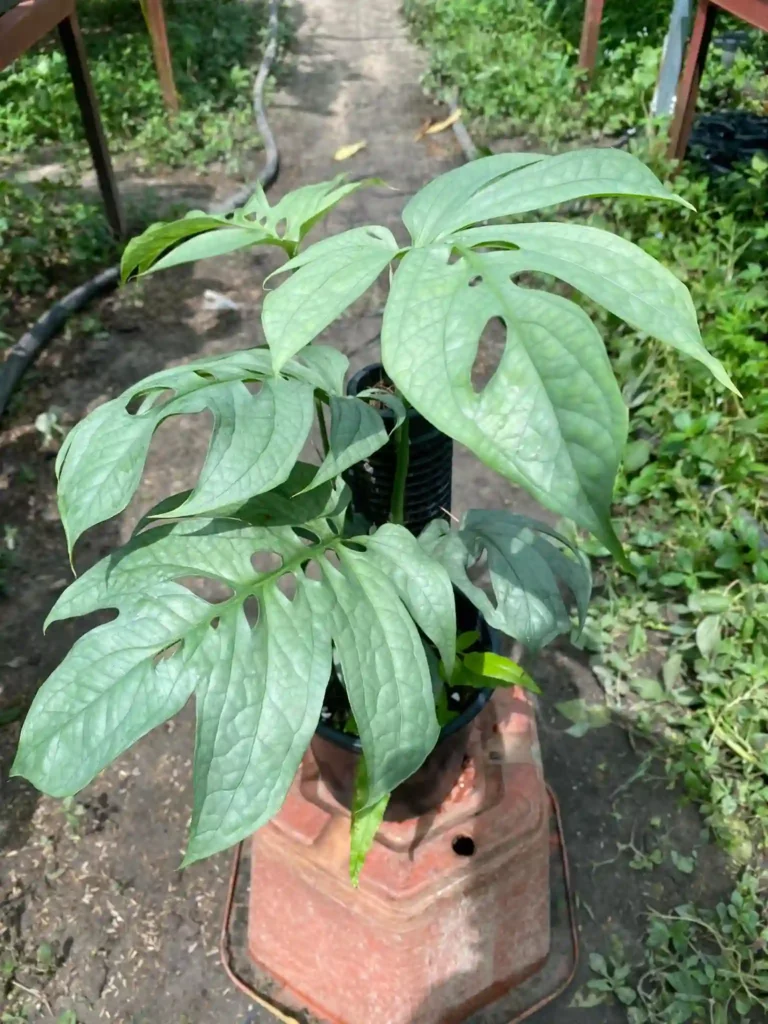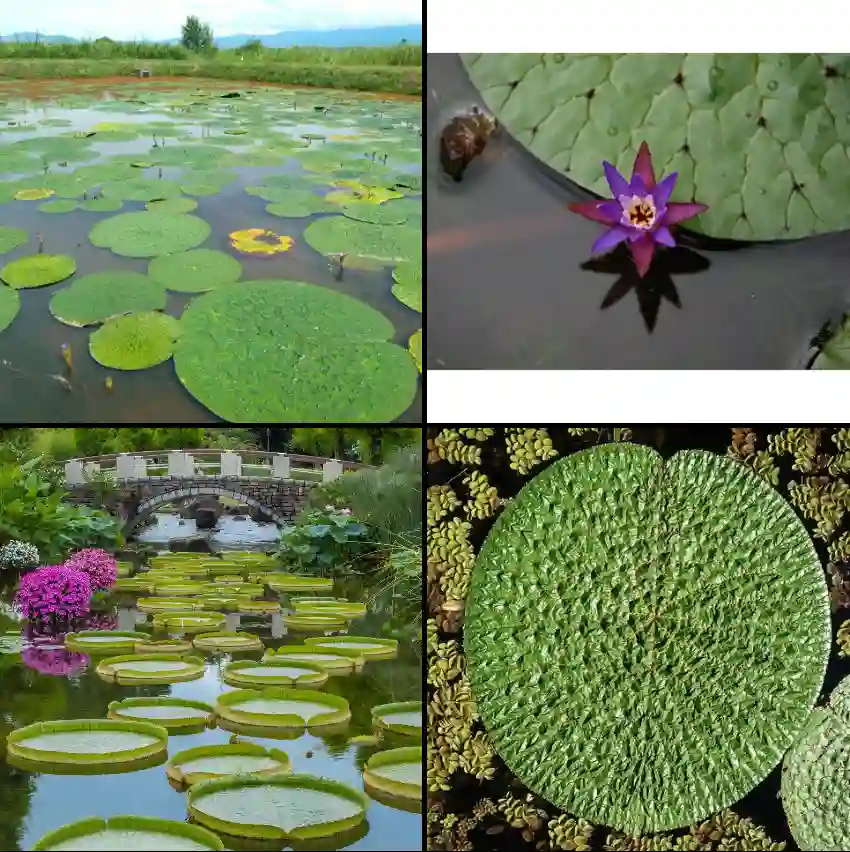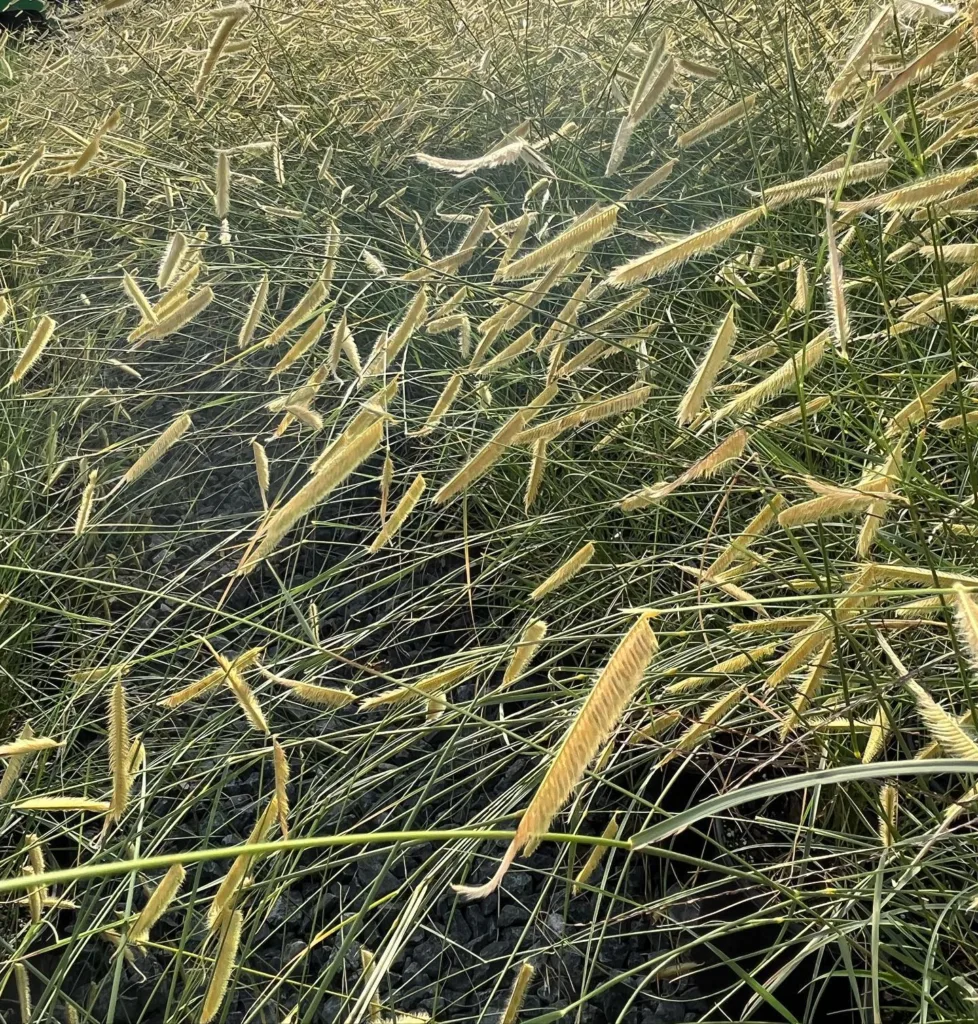Lagenaria: A Fascinating Genus of Gourds
As a plant enthusiast, I’m always drawn to unique and versatile species. The genus Lagenaria has certainly captured my attention. This group of gourds, belonging to the Cucurbitaceae family, offers a fascinating glimpse into the diversity of the plant world and its close relationship with humans.
Unpacking the Bottle Gourd and Its Relatives
Lagenaria is home to six intriguing species, all native to tropical Africa:
- Lagenaria abyssinica: Native to Africa, Lagenaria abyssinica is a climbing, herbaceous vine that produces small, bottle-shaped gourds. Its fruits have traditionally been used in various cultures for crafting containers and utensils due to their durable, hard shells when dried. This species thrives in warmer climates and is often found in tropical and subtropical regions. In addition to its practical uses, L. abyssinica is valued for its edible young shoots, leaves, and flowers, often included in traditional African dishes.
- Lagenaria breviflora: Known for its distinctive round or oval-shaped fruits, Lagenaria breviflora is a vining plant that grows abundantly in the tropical regions of West Africa. The fruits are smaller than other Lagenaria species and are usually not as widely utilized. However, traditional medicine often employs various parts of the plant for their supposed therapeutic properties, particularly for treating infections and ailments. The vines are also admired for their rapid growth and dense foliage, making them effective as natural shade or decorative plants.
- Lagenaria guineensis: This species, also called the Guinea bottle gourd, is a hardy vine that produces elongated or bottle-shaped fruits. Native to parts of Africa, Lagenaria guineensis has a history of cultural significance in local crafts and rituals, where its fruits are transformed into utensils or musical instruments once dried. Although not commonly consumed, its young shoots and leaves are sometimes eaten, and it plays an important role in traditional medicine.
- Lagenaria rufa: A lesser-known member of the Lagenaria genus, Lagenaria rufa is characterized by its unique reddish-brown fruits and hardy climbing habit. Found in Africa, particularly in tropical regions, this vine is often cultivated for its durable gourds, which are prized in craftwork and traditional practices. The plant’s vigorous growth and large leaves make it a popular choice for natural coverings or garden trellises, adding ornamental value alongside its practical uses.
- Lagenaria siceraria: Perhaps the most well-known species in the Lagenaria genus, Lagenaria siceraria, or the bottle gourd, has a long history of use across cultures worldwide. Known for its large, smooth, bottle-shaped fruits, this versatile plant has culinary, medicinal, and artistic applications. The young gourds are edible and used in various dishes, while the mature fruits are dried and crafted into containers, instruments, and decorative items. Thriving in warm climates, L. siceraria is often grown both for its fruit and as a decorative vine.
- Lagenaria sphaerica: Commonly referred to as the African round gourd, Lagenaria sphaerica produces spherical fruits and is found in African regions with warm, tropical climates. Though its fruits are not typically consumed, they are utilized for decorative and functional purposes, often made into bowls or other containers. This species, with its dense, climbing foliage and sturdy stems, is frequently used in garden spaces to create lush, green coverings and is valued as much for its aesthetic appeal as for its practical applications.
Of these, Lagenaria siceraria, commonly known as the bottle gourd or calabash, is the most well-known. This species has been domesticated and its use has spread far beyond its African origins.
The Utility of Lagenaria
What makes Lagenaria particularly interesting is the practicality of its fruits. While young gourds can be consumed as a vegetable, the mature fruits have a remarkable characteristic: they become hard and dry, transforming into durable vessels. This unique feature has led to their diverse use across cultures.
The bottle gourd, true to its name, can be fashioned into bottles, containers, and even pipes. Its hard shell makes it ideal for crafting utensils, musical instruments, and decorative objects. In some cultures, the calabash is used in traditional ceremonies and rituals, highlighting its cultural significance.
My Personal Connection with Lagenaria
I’ve always been fascinated by the adaptability of Lagenaria. The way these gourds transition from edible vegetables to durable tools is a testament to nature’s ingenuity. I’m particularly interested in exploring the traditional uses of Lagenaria across different cultures. The way these gourds have been integrated into daily life and cultural practices speaks volumes about human creativity and resourcefulness.
I believe that Lagenaria holds great potential for sustainable practices. In a world grappling with plastic pollution, the use of biodegradable and durable gourds as containers and utensils offers a promising alternative. I’m eager to see how Lagenaria can be further utilized to promote eco-friendly solutions.
Looking Ahead
The genus Lagenaria provides a captivating example of the interconnectedness between plants and people. Its versatility and cultural significance make it a truly remarkable group of plants. As I continue to learn more about Lagenaria, I’m excited to see how its potential can be further harnessed for the benefit of both people and the planet.
If i die, water my plants!



